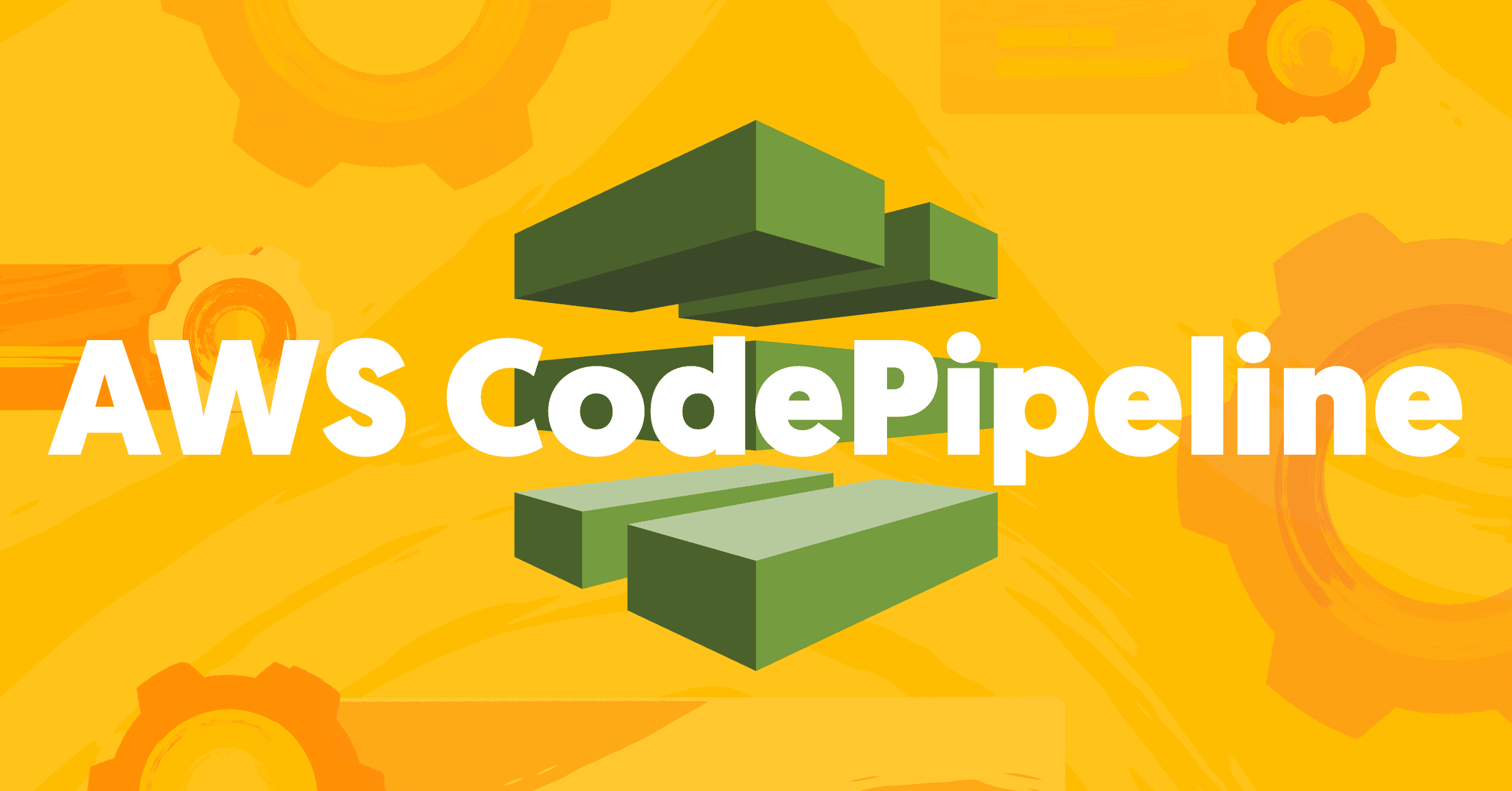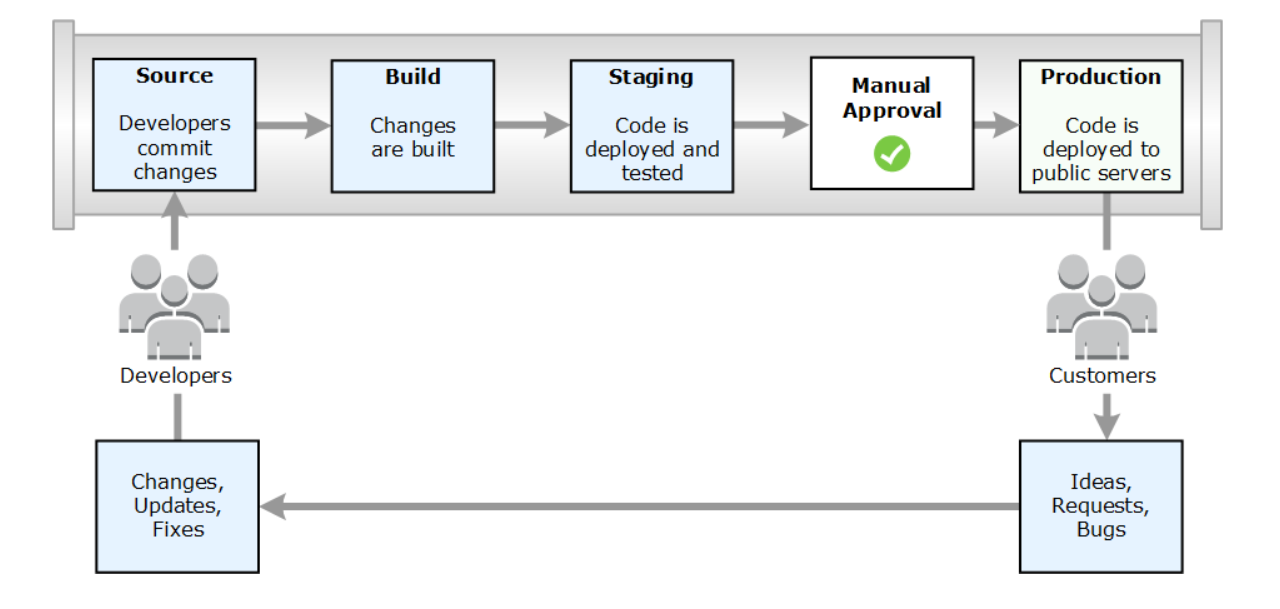What is AWS CodePipeline 🗜️{ | } !!
 RAKESH DUTTA
RAKESH DUTTA
AWS CodePipeline is a tool that helps us automate and manage the software release process. It allows us to plan, visualize and automate the various tasks required to update our application and the infrastructure it runs on. This makes it easier and more reliable to make changes and improvements on our software.
AWS CodePipeline : AWS CodePipeline is a service that helps us to automate our software release process. It allows us to plan and set up the various steps required to release our software, such as testing and deployment. CodePipeline then takes care of automating these steps whenever we make changes to our software, ensuring a smooth and continuous release process.
Pipelines are like blueprints that define how software changes move through a release process. They are formed by acting as a separate phase of each process. How it looks through the diagram...

Stages : Stages are used to isolate environments and control the workflow of changes. For example, a build stage compiles the source code and runs tests, while a deploy stage deploys the code to the server. Those stages can run sequentially or in parallelly.
Transitions : Transitions in a pipeline control how stages move forward. Disabling a transition temporarily stops new tasks from moving into a stage. When transition get reactivated the most recent task moves to the next stage, replacing any tasks that were waiting.
Benefits of Using AWS CodePipeline :
AWS CodePipeline uses many AWS tools such as CodeCommit, CodeStar, ECR, Identity, ECS, CDK, EC2, Management Console, and Step Functions. It integrates not only with AWS services, but also with external tools like GitHub and Jenkins it's easy to set up if we know about AWS, making it easy to build CICD pipelines for apps and services.
AWS Code Pipeline : AWS CodePipeline automates how software is created, tested, and deployed.
Continuous Delivery : Automates the release process but allows for human approval before deployment. Continuous Integration : Focuses on integrating frequent code changes and automated testing.
Code Pipeline Management : Can be done through its console, AWS CLI, or SDK, providing flexibility for automated software release on AWS.
AWS CodePipeline and Jenkins are both tools used for continuous integration and delivery (CI/CD).
Let's see those key differences are :
Cost : -
Jenkins : Setting up and maintaining Jenkins requires hosting on our own infrastructure (eg EC2 instance). Costs include instance fees and potential saved instance costs if we use them. We also need to factor in the cost of managing agents and scaling.
Codepipeline : CodePipeline has a typical pricing model of $1 per active pipeline per month. However, we also pay for related services like CodeBuild for builds and CodeDeploy for deployments. Costs can change depending on how often and how complex our pipelines run.
Useablity : -
Jenkins : Installation and setup of Jenkins is easy, but you are responsible for managing infrastructure and updates. It is widely used by a large community, offering flexibility in customization through numerous plugins.
Codepipeline : As a managed service, CodePipeline is integrated with various AWS services out of the box. It's particularly convenient if we are already familiar with AWS tools & providing seamless integration with services like AWS Lambda for custom actions.
Integration : -
Jenkins : Known for its extensive plugin ecosystem. Jenkins supports integration with thousands of third-party tools and services & still offering flexibility to tailor CI/CD pipelines to specific needs.
Codepipeline : Primarily Integrates with AWS services, which makes it great for AWS-centric environments. It supports fewer third-party integrations than Jenkins but integrates smoothly with AWS developer tools and services.
...thank you !!
Subscribe to my newsletter
Read articles from RAKESH DUTTA directly inside your inbox. Subscribe to the newsletter, and don't miss out.
Written by
